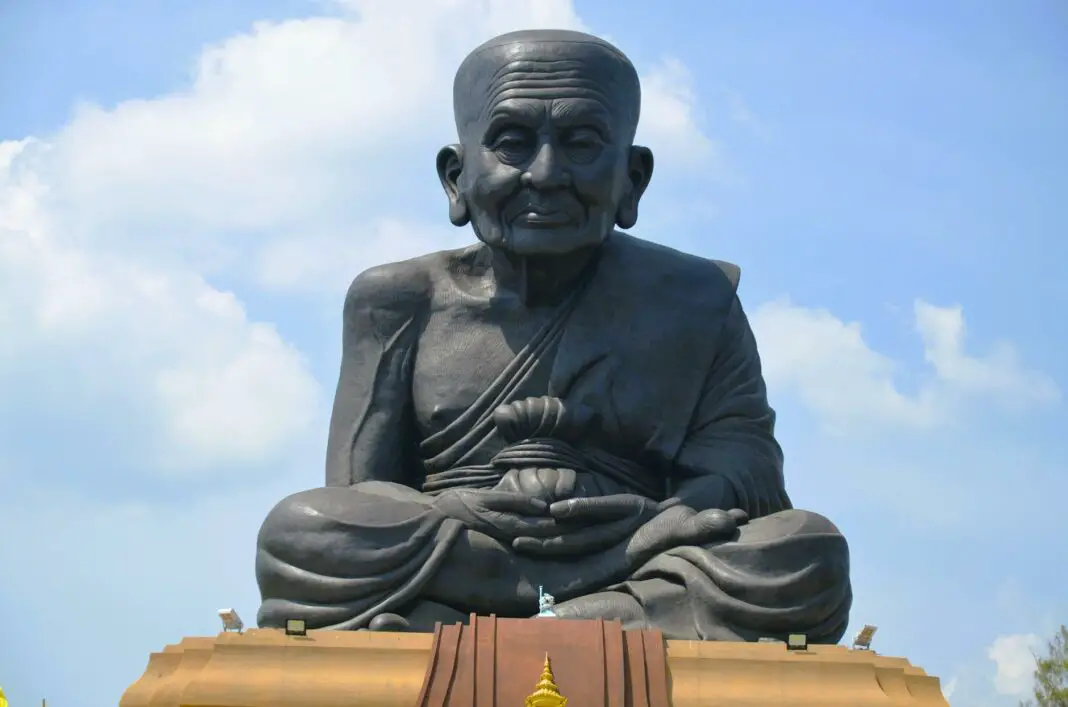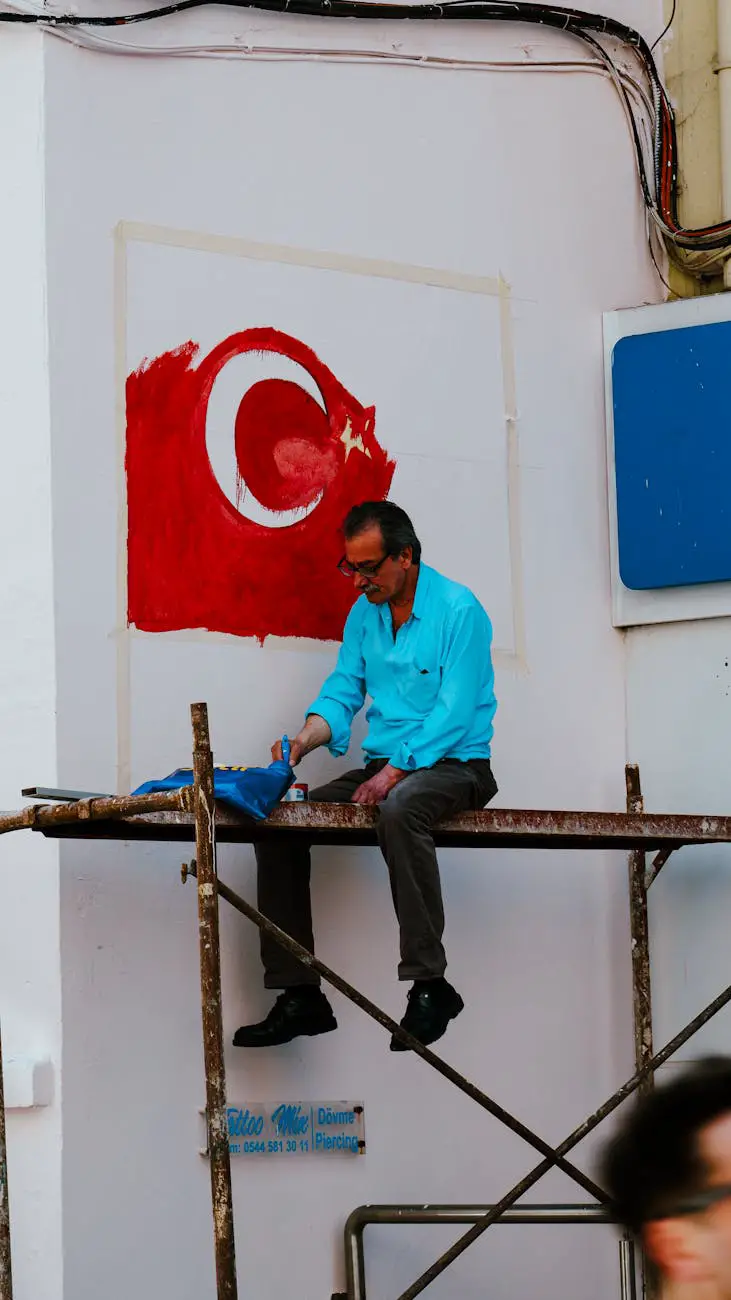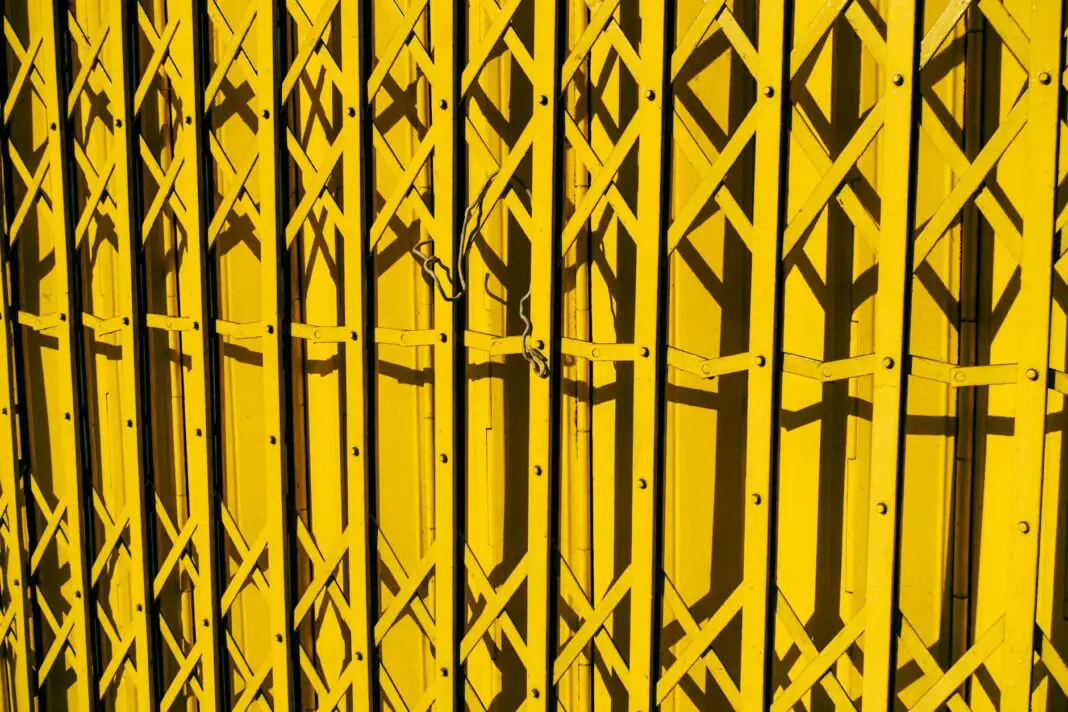Thailand is renowned for its breathtaking landscapes, vibrant culture, and rich traditions. Yet, tucked away in the bustling streets and sacred temples lies a gem that often goes unnoticed: Thai mural art. This captivating form of artistic expression encapsulates the heart and soul of Thailand, telling stories that span centuries. In this post, we will delve deeply into Thai mural art, exploring its historical significance, intricate techniques, and its role as a hidden treasure. Whether you are planning a trip to Thailand or simply intrigued by its culture, you will find this information both enlightening and essential.
Discovering Thai mural art is akin to embarking on a treasure hunt. Each mural is a portal into the past, filled with vibrant scenes and profound meanings. As we journey through this post, you will gain a comprehensive understanding of why this art form is not only aesthetically pleasing but also an integral part of Thailand’s heritage. From the lush green hills of Chiang Mai to the bustling Bangkok streets, the murals tell stories that captivate the imagination and evoke a deep appreciation for Thai culture.
Table of Contents
- Historical Significance of Thai Mural Art
- Intricate Techniques Used in Thai Mural Art
- Traditional Themes Explored in the Murals
- Cultural Importance of This Art Form
- Exploring Thai Murals in Various Locations
- Actionable Insights for Enthusiasts
- Final Thoughts on Thailand’s Hidden Treasure
- FAQs
Historical Significance of Thai Mural Art
Thai mural art is steeped in history, tracing its roots back to ancient times. It originally served not just as decoration but also as a means to convey religious teachings and historical narratives. Entering a temple adorned with these murals is like stepping into a living history book. Each brushstroke reflects the beliefs and values of the time, portraying scenes from Buddhist scriptures and local legends that resonate powerfully with both locals and visitors alike. Indeed, these murals have preserved a rich tapestry of Thai history, allowing us to glimpse the past through the eyes of its artists.
Moreover, these murals were often painted by skilled artisans who dedicated their lives to perfecting techniques passed down through generations. The patronage from the monarchy has also played a significant role in the evolution of mural art in Thailand. Temples such as Wat Phra Kaew and Wat Arun are adorned with intricate murals that not only entertain the eye but impart deep spiritual meanings. Consequently, these artistic masterpieces serve as both educational tools and aesthetic wonders, making them a vital part of Thailand’s cultural heritage.
Intricate Techniques Used in Thai Mural Art
The creation of Thai mural art employs various intricate techniques that highlight the artistry and dedication involved. One of the most notable methods used is the traditional application of natural pigments derived from plants, minerals, and other natural sources, allowing for a depth and vibrancy that synthetic colors often fail to achieve. The meticulous process begins with sketching detailed outlines and following up with layering to create a vivid tableau that can be appreciated from both close and afar.
Painters often work collaboratively, with each artist responsible for specific elements of a mural, creating a cohesive visual narrative that flows seamlessly. For example, while one might focus on the backgrounds, another may specialize in detailing characters and smaller elements. This collaborative effort not only fosters creativity but also strengthens community bonds, ensuring that these traditional techniques are preserved and celebrated. Ultimately, understanding the intricacies behind these techniques fosters a deeper appreciation for the effort and skill involved in each mural.
Traditional Themes Explored in the Murals
At the heart of Thai mural art lies a rich exploration of traditional themes that resonate deeply with the Thai people. Predominantly, many murals depict stories from Buddhist scripture, capturing the essence of enlightenment and the moral teachings of the religion. However, it doesn’t end there; themes of everyday life, local folklore, and historical events seamlessly intertwine, showcasing the diverse tapestry of the human experience in Thailand’s cultural context.
For instance, while navigating the vibrant scenes in temples, one may discover depictions of common festivals, rituals, and scenes from daily Thai life that transcend time. This can engage viewers of all ages and backgrounds, as it creates a connection to their own experiences. As visitors, appreciating these themes allows for a more immersive experience, fostering a sense of understanding and respect for the profound narratives embodied within these walls.
Cultural Importance of This Art Form
Thai mural art is not just visually striking; it’s a vital cultural artifact that fosters a sense of identity and belonging among Thai people. In a rapidly changing globalized world, these murals serve as guardians of tradition, helping to preserve the stories and customs that define Thai culture for future generations. Each mural tells stories that resonate across time and space, allowing individuals to remain connected to their heritage.
Furthermore, this art form plays a crucial role in education and spiritual awakening. Many schools incorporate visits to temples adorned with murals as part of their curriculum, encouraging students to reflect on the stories depicted and their moral implications. Such initiatives not only promote cultural literacy but also imbue a sense of pride in Thailand’s rich artistic legacy. Ultimately, embracing this art form becomes a communal effort to honor the past while forging connections with the future.
Exploring Thai Murals in Various Locations
When exploring the wonders of Thai mural art, certain locations stand out as must-visit spots. The Grand Palace in Bangkok is one such place, housing exquisite murals that adorn nearly every wall, depicting tales of Ramakien, Thailand’s national epic. Moving north, Chiang Mai’s Wat Phra Singh boasts beautifully preserved murals that invite admiration from visitors, showcasing breathtaking historical narratives and vibrant colors that reflect the artistry’s evolution over time.
In the southern region, the murals of Wat Chaiya Mangkalaram in Penang illustrate the intersection of Thai and Malaysian cultures. Each of these locations offers a unique perspective on the styles and themes prevalent in different eras and regions of Thailand. Engaging with these sites provides unparalleled insight into the nation’s artistic evolution, crafting unforgettable memories that deepen one’s relationship with the culture and history.
Actionable Insights for Enthusiasts
For those captivated by Thai mural art, there are several actionable insights that can enhance your appreciation and understanding. First, consider joining guided tours that specialize in art history. This allows for an enriched exploration, as knowledgeable guides can provide context and detail you may overlook on your own. Second, take the time to photograph murals; focusing on different angles and details can deepen your engagement with the work, allowing you to notice elements you may initially miss.
Additionally, engage in workshops that allow for a hands-on experience with the techniques used in creating these murals. Many local artisans offer classes where you can learn about traditional painting methods, even allowing you to create your rendition of a Thai mural. Such experiences deepen your connection to the art form and provide insights into the dedication and skill involved. By actively participating in this cultural exploration, you will form memories that last a lifetime.
Final Thoughts on Thailand’s Hidden Treasure
Embracing Thai mural art is a journey into a world where history, spirituality, and artistic talent converge. As you navigate through this vibrant tapestry, you come to understand that these murals are more than just decorations—they are narratives with emotional depth and cultural significance. By celebrating and preserving this hidden treasure, Thailand not only honors its past but also enriches the present and inspires future generations to appreciate their heritage.
So, the next time you find yourself in Thailand, make it a point to immerse yourself in the world of mural art. Whether through formal visits to temples or spontaneous encounters in local neighborhoods, you will discover the stories that breathe life into the experiences of the Thai people.
FAQs
What materials are used in Thai mural art?
Thai mural art primarily employs natural pigments derived from minerals, plants, and other organic materials. This ensures vibrant colors that stand the test of time, resonating with viewers for generations.
Where are the best places to view Thai murals?
Some of the finest locations for viewing Thai murals include the Grand Palace in Bangkok, Wat Phra Singh in Chiang Mai, and Wat Chaiya Mangkalaram in Penang, each offering unique insights into the art form.
How can I learn about Thai mural painting techniques?
Many local artists and workshops offer classes focused on traditional techniques. Participating in these courses provides firsthand experience in art creation and a deeper appreciation of the craft.
What is the cultural significance of Thai mural art?
Thai mural art serves as a historical narrative that conveys spiritual teachings and cultural values, allowing individuals to connect with their heritage while educating future generations.
Are there any contemporary artists working in this style?
Yes, many contemporary Thai artists draw inspiration from traditional techniques while incorporating modern themes, allowing for a fascinating blend of past and present in their work.
Image Credit: Pexels





